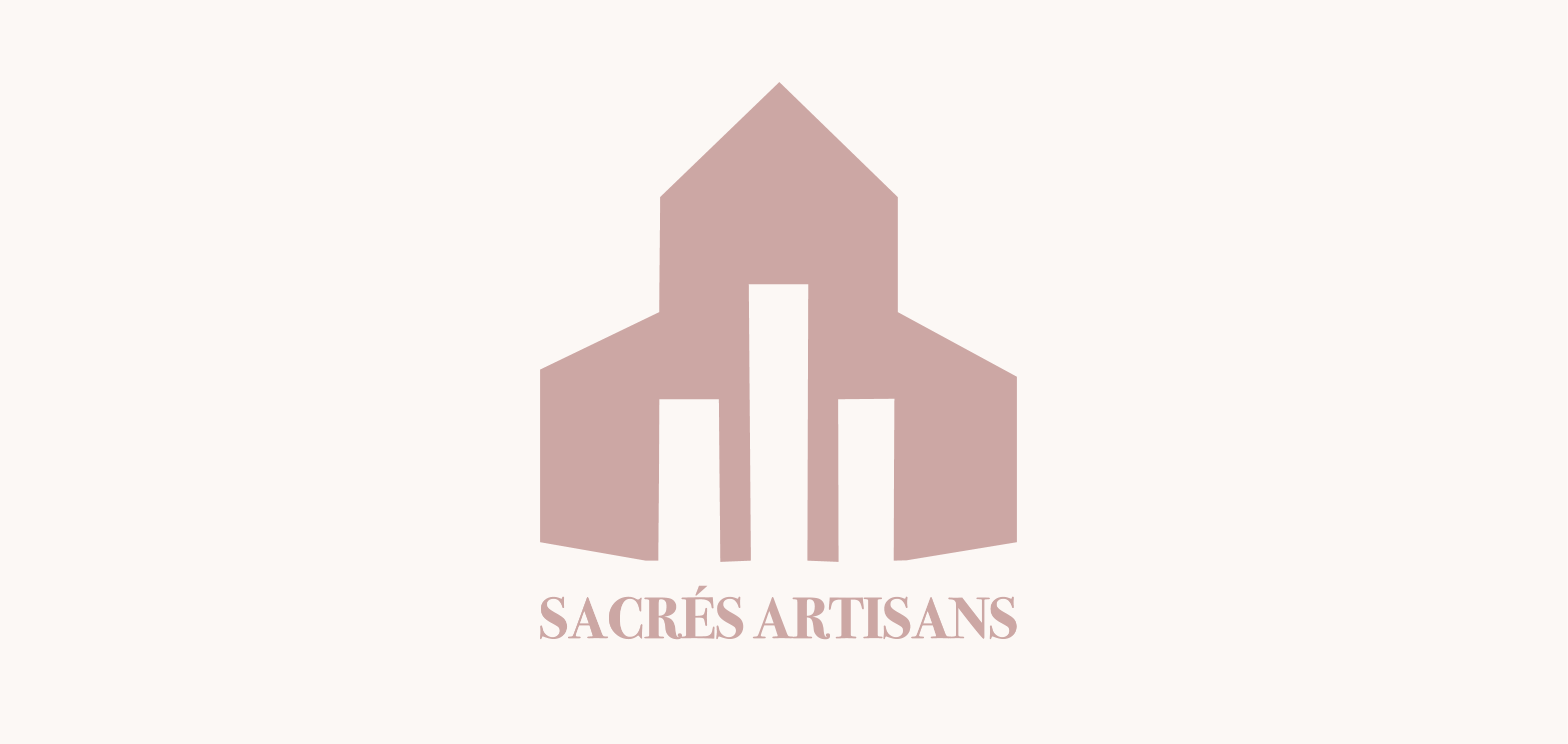
Décollation-de-Saint-Jean-Baptiste Church
Proudly dominating the landscape, La Décollation-de-Saint-Jean-Baptiste Church was built in the mid-19th century. Its construction reflected the ambitions of this town, which at the time seemed destined to become the region’s industrial and commercial hub. Nothing was too good, too big or too tall for this seigneury, originally granted in 1653, and at that time experiencing rapid growth.
In 1811, the arrival of entrepreneur Louis Bertrand, originally from Pointe-Levy (now Lévis), jump-started the village. He began operating sawmills that kept the local economy humming. He was the first mayor of L’Isle-Verte when construction started on the church—the fourth to be built on this site. It went without saying that it should be a church that was fitting for such a thriving town, for which the sky was the limit.
Construction began with great haste in 1846, even though the original plans by Charles Baillairgé, a young architect barely 20 years old, had not yet been approved by the bishop. Two years later, when the bishop realized that the church’s dimensions exceeded those initially planned, he threatened to order its demolition. In the end, the archbishop gave the workers permission to continue their work, perhaps sensing that it would one day be recognized as a heritage treasure.
Completed in 1855, the church was one of the first in the Lower St. Lawrence region to incorporate Gothic Revival elements, quite popular with Protestants and Catholics alike. In reaction to the Industrial Revolution, this style advocated a return to the romanticism of medieval architecture, as seen here in the pointed-arch openings, slender spire and pinnacles adorning the bell tower and façade.
Baillairgé was not the only renowned architect to add his touch to this exceptional place of worship. Between 1856 and 1867, François-Xavier Berlinguet, also from a long line of craftspeople, created the interior decor with the help of his father, Louis-Thomas. Thirty years later, David Ouellet, another prominent figure of the period, designed the plans for the sacristy chapel and the central bell tower, which replaced the original bell tower in 1890.
As though the church were a constantly evolving creation, in 1906 the parish corporation invited Canon Georges Bouillon to make suggestions for embellishing the interior. A year before his retirement, this designer (before the term came into usage) submitted sketches, which were carefully drawn by architect Thomas Raymond. The work was carried out between 1914 and 1917 by Joseph Dagneau and sculptor Alyre Prévost, resulting in one of the most accomplished Gothic Revival decors. In the vast room painted white and gold, numerous Buddhist-inspired details, such as the yin and yang symbol, bear witness to a trip to Asia previously taken by Canon Bouillon.
A 29-stop organ from the Compagnie d’orgues canadiennes in Saint-Hyacinthe was installed in 1915. Older elements are also harmoniously integrated, including the high altar previously designed by the elder Berlinguet.
The pièce de résistance of the decor hangs above, in the chancel: La décollation de saint Jean-Baptiste [The Beheading of St. John the Baptist] is an oil painting from the mid-19th century by Italian artist Pietro Gagliardi. Renowned for his religious frescoes that adorn many Roman churches, the artist depicts a rarely illustrated scene here, that of the beheading of the prophet.
Hung in 1871, the work is important not only for its artistic value, but also for its dual historical connotations. Generously donated to the parish by Louis Bertrand, it commemorates the major contribution of this politician and entrepreneur to the founding of L’Isle-Verte. It also highlights the contributions of Jean-Baptiste Côté, the first seigneur to settle on these lands in 1711. The parish may well have adopted St. John the Baptist as its patron saint in his memory.
By focusing on the decapitation of the religious figure, did the parish cast an unfortunate spell on the future city, which never achieved the stature it once dreamed of?